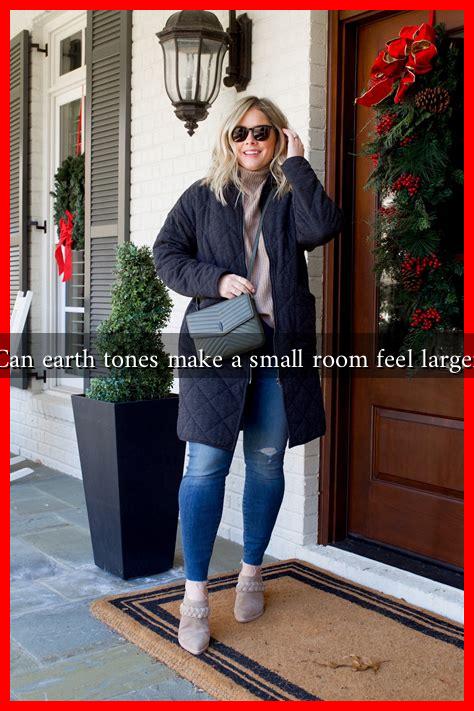-
Table of Contents
Can Earth Tones Make a Small Room Feel Larger?
When it comes to interior design, the color palette you choose can significantly impact the perception of space in a room. Earth tones, which include shades of brown, beige, green, and muted blues, are often touted for their ability to create a warm and inviting atmosphere. But can these colors also make a small room feel larger? In this article, we will explore the psychological effects of color, the principles of design, and practical examples to determine whether earth tones can indeed enhance the spatial perception of small rooms.
The Psychology of Color in Interior Design
Color psychology plays a crucial role in how we perceive our surroundings. Different colors can evoke various emotions and feelings, influencing our overall experience in a space. Earth tones, in particular, are associated with nature, stability, and comfort. Here are some key points regarding the psychological effects of earth tones:
- Warmth and Comfort: Earth tones create a cozy environment, making small spaces feel more inviting.
- Neutrality: These colors are often neutral, allowing for flexibility in decor and furnishings without overwhelming the senses.
- Connection to Nature: Earth tones can evoke a sense of tranquility and connection to the outdoors, which can help reduce feelings of confinement in small spaces.
Design Principles for Small Spaces
To maximize the perception of space in a small room, several design principles can be applied. Here’s how earth tones can fit into these principles:
- Monochromatic Schemes: Using varying shades of earth tones can create a seamless look that elongates the walls and ceiling, making the room feel larger.
- Light Reflectivity: Lighter earth tones, such as soft beige or pale sage, reflect light better than darker colors, enhancing the sense of openness.
- Accent Walls: A single accent wall in a deeper earth tone can add depth without overwhelming the space, creating a focal point that draws the eye.
Case Studies: Real-Life Applications
To illustrate the effectiveness of earth tones in small spaces, let’s look at a few case studies:
- Urban Apartment: A 500-square-foot studio in New York City was transformed using a palette of soft taupe and muted greens. The result was a visually larger space that felt more cohesive and inviting.
- Cozy Cottage: A small cottage in the countryside utilized warm browns and creams to create a rustic yet spacious feel. The use of natural materials, such as wood and stone, complemented the earth tones, enhancing the overall aesthetic.
- Modern Minimalism: A minimalist approach in a tiny home featured light earth tones on the walls and furniture. This choice not only made the space feel larger but also emphasized the clean lines and simplicity of the design.
Statistics and Expert Opinions
According to a study by the National Association of Realtors, homes painted in neutral colors, including earth tones, tend to sell faster and at higher prices. This suggests that these colors are not only appealing but also create a sense of spaciousness that potential buyers appreciate.
Interior designer Sarah Richardson states, “Using earth tones in small spaces can create a harmonious flow that tricks the eye into perceiving more space. It’s all about creating a balanced environment.”
Conclusion: The Power of Earth Tones
In conclusion, earth tones can indeed make a small room feel larger when applied thoughtfully. Their psychological effects, combined with sound design principles, create an inviting atmosphere that enhances spatial perception. By utilizing monochromatic schemes, light-reflective colors, and strategic accent walls, homeowners can transform their small spaces into areas that feel open and expansive.
Whether you’re redecorating a cozy apartment or designing a tiny home, consider incorporating earth tones into your color palette. Not only will you create a warm and inviting environment, but you may also find that your small room feels much larger than it actually is.
For more tips on interior design and color psychology, visit Apartment Therapy.

